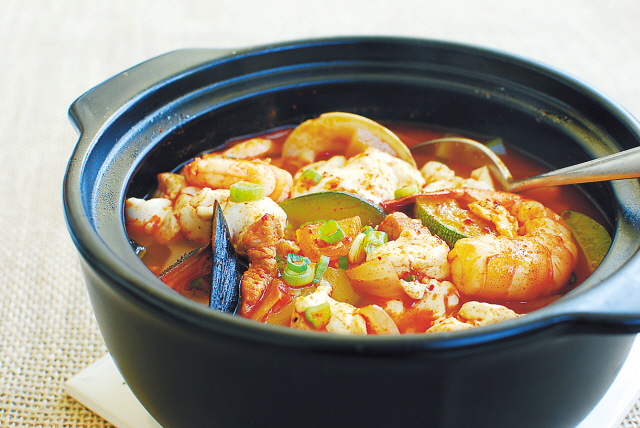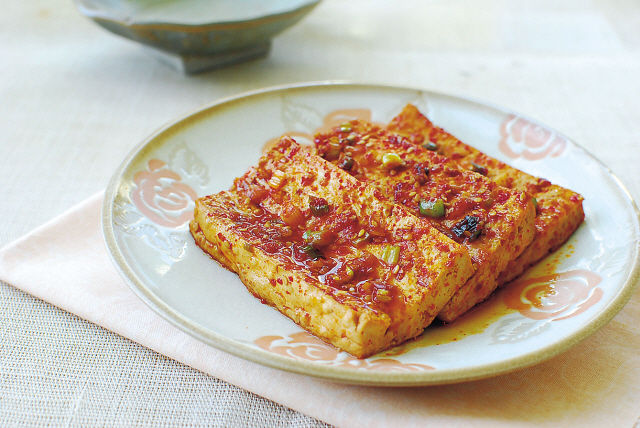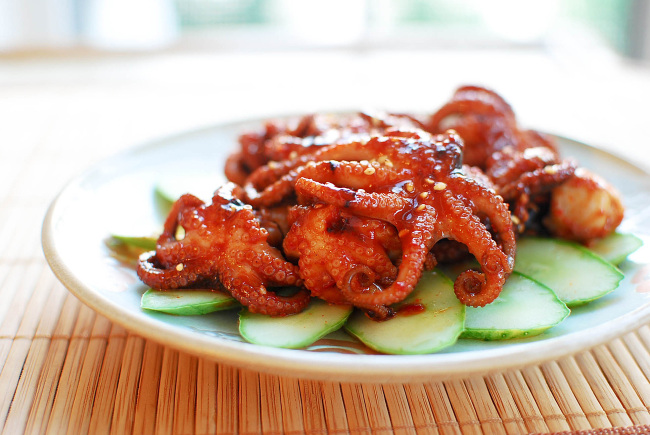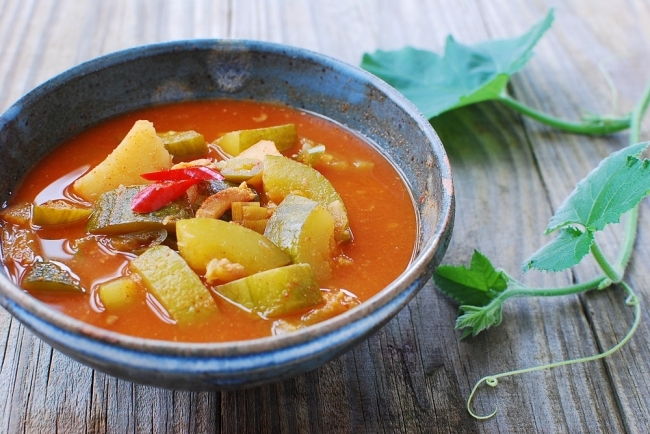An Appeal for Democracy and Justice in the Republic of Korea (South Korea)
In recent years, South Korea has made a remarkable economic and political advances. It has been a visible role model for many developing countries. This accomplishment did not come without heavy tolls, however. After the Korea War, South Korea has traveled a tumultuous roads to gain freedom and democracy.
Beginning with the April 19th Uprising (4.19 Uprising against Seungman Rhee, 1960), the Kwangju Massacre in 1980 and the June 1987 Democracy Movements, the many precious young human lives were lost in the name of freedom and democracy. Despite the heavy losses of life, this hard-won democracy in South Korea is steadfastly dying: The unlawful intervention by the National Intelligence Services (NIS, aka. KCIA) in the Presidential Election of 2012; the renewal of the Neo- McCarthyism and the political "Witch-hunt is actively erupting.
Geopolitically, the Korean Peninsula is at a critical juncture. Its domestic stability and peace will become an important factor determining the world peace. Thus, at this juncture, we express a deep concern over the current political situations in South Korea. The autocratic dictatorial government of Park Chung-hee has resurfaced via his daughter, Park, Geun-hye who was "elected" into the office through the electoral coup d'etat!
To demand the return of peace, justice and democracy in the Korean Peninsula and ultimately to sustain and normalize world peace, we hereby earnestly request the following:
1. We urge the Geun-hye Park administration to cease and desist the reinstatement of her father's dictatorship! (Yoo-shin). Furthermore, the Park administration MUST acknowledge the brutal and illegal deployment of Neo-McCarthyism and IMMEDIATELY cease all witch-hunting politics!
2. We demand a PROPER and LEGAL prosecution of all those who intervened in the 2012 presidential election and an IMMEDIATE dismantling of the NIS.
3. We demand a FULL and COMPREHENSIVE return of the democracy in Korea by GUARANTEEING the INALIENABLE RIGHTS of the freedom of expression, ACADEMIC FREEDOM and ideology! Furthermore, we demand the COMPLETE eradication of censorship!
4. We demand the RETURN of the COMPLETE and UNEQUIVOCABLE normalization in the prosecutor's office. We urgently demand the IMMEDIATE DISCONTINUOUS of meddling and tarring the prosecutor's office.
Once again, peace and democracy on the Korean Peninsula WILL ULTIMATELY lead to a world peace.
We vehemently urge the Park administration to execute all of the above-mentioned demands. We urge the global citizens to join hands with this consorted effort to bring about peace and justice, not only in the Korean Peninsula, but to the entire world. Thank you!
September, 2013
The Conscientious People of the World
https://secure.avaaz.org/en/
In recent years, South Korea has made a remarkable economic and political advances. It has been a visible role model for many developing countries. This accomplishment did not come without heavy tolls, however. After the Korea War, South Korea has traveled a tumultuous roads to gain freedom and democracy.
Beginning with the April 19th Uprising (4.19 Uprising against Seungman Rhee, 1960), the Kwangju Massacre in 1980 and the June 1987 Democracy Movements, the many precious young human lives were lost in the name of freedom and democracy. Despite the heavy losses of life, this hard-won democracy in South Korea is steadfastly dying: The unlawful intervention by the National Intelligence Services (NIS, aka. KCIA) in the Presidential Election of 2012; the renewal of the Neo- McCarthyism and the political "Witch-hunt is actively erupting.
Geopolitically, the Korean Peninsula is at a critical juncture. Its domestic stability and peace will become an important factor determining the world peace. Thus, at this juncture, we express a deep concern over the current political situations in South Korea. The autocratic dictatorial government of Park Chung-hee has resurfaced via his daughter, Park, Geun-hye who was "elected" into the office through the electoral coup d'etat!
To demand the return of peace, justice and democracy in the Korean Peninsula and ultimately to sustain and normalize world peace, we hereby earnestly request the following:
1. We urge the Geun-hye Park administration to cease and desist the reinstatement of her father's dictatorship! (Yoo-shin). Furthermore, the Park administration MUST acknowledge the brutal and illegal deployment of Neo-McCarthyism and IMMEDIATELY cease all witch-hunting politics!
2. We demand a PROPER and LEGAL prosecution of all those who intervened in the 2012 presidential election and an IMMEDIATE dismantling of the NIS.
3. We demand a FULL and COMPREHENSIVE return of the democracy in Korea by GUARANTEEING the INALIENABLE RIGHTS of the freedom of expression, ACADEMIC FREEDOM and ideology! Furthermore, we demand the COMPLETE eradication of censorship!
4. We demand the RETURN of the COMPLETE and UNEQUIVOCABLE normalization in the prosecutor's office. We urgently demand the IMMEDIATE DISCONTINUOUS of meddling and tarring the prosecutor's office.
Once again, peace and democracy on the Korean Peninsula WILL ULTIMATELY lead to a world peace.
We vehemently urge the Park administration to execute all of the above-mentioned demands. We urge the global citizens to join hands with this consorted effort to bring about peace and justice, not only in the Korean Peninsula, but to the entire world. Thank you!
September, 2013
The Conscientious People of the World
https://secure.avaaz.org/en/








